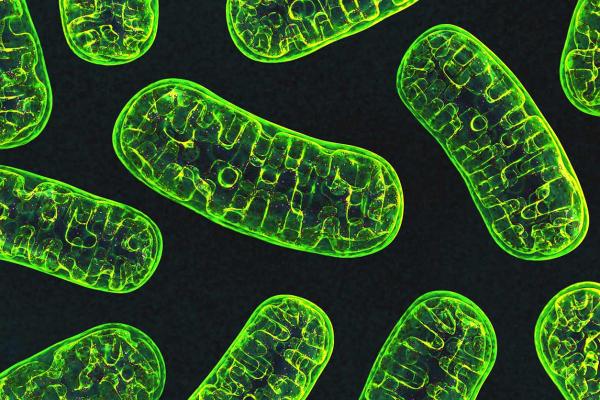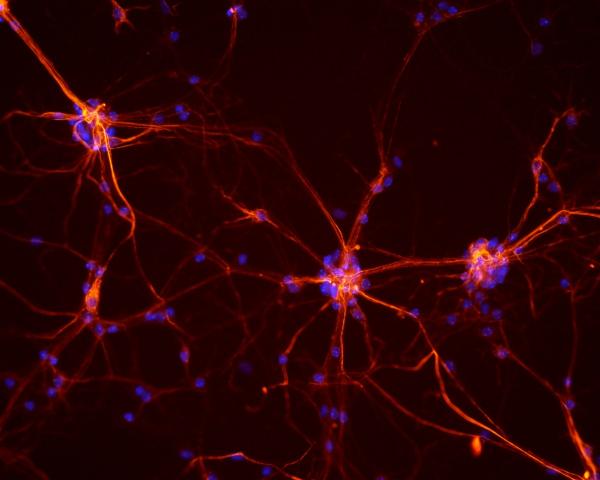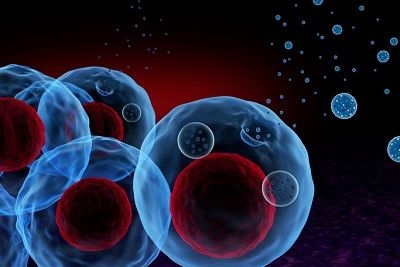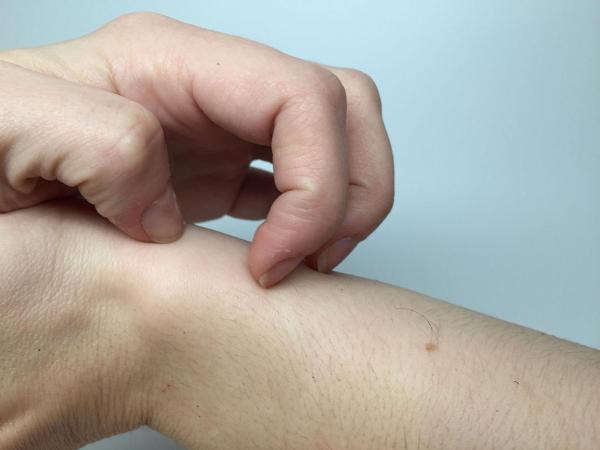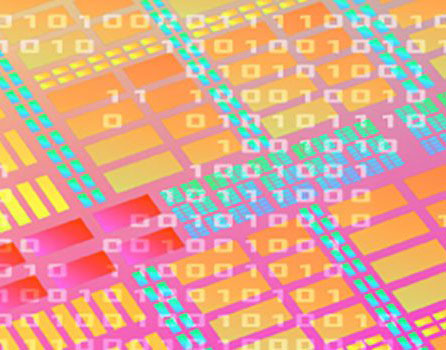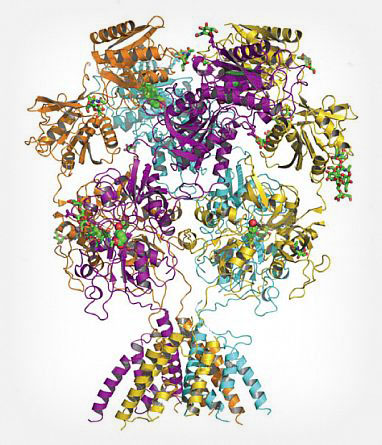Neuron-Killing Protein Exploits a Vulnerability in Mitochondrial Armor
Study Shows How Molecular Trespasser Gains Entry into Cells’ Energy Producers
As a fan of the long-running animated sitcom The Simpsons, I’ve witnessed the bumbling Homer Simpson cause several near-meltdowns at the nuclear power plant where he works. Serious problems can arise at such facilities when the wrong person gains access to them, and the same applies to the energy-producing mitochondria that power our cells. A new IRP study has revealed how a protein known to harm neurons gains entry into mitochondria in order to wreak cell-killing havoc.

